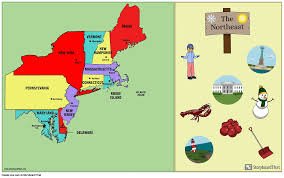In a recent survey, the North-East region of Nigeria recorded the highest fertility rate, averaging 6.1 children per woman, closely followed by the North-West at 5.9.
The 2023–24 Nigeria Demographic and Health Survey (NDHS), released Wednesday in Abuja, highlights a decline in the national fertility rate from 6.3 children in 2008 to 4.8 now.
The survey, which focused on women aged 15 to 49, reveals differences between urban and rural areas, rural women average 5.6 children, while urban women have just 3.9. This disparity underscores the urgent need for improved reproductive health services in rural communities.
A maternal health expert, Jane Dasat, stressed the importance of family planning: “When women have access to contraception and can plan their pregnancies, they are less likely to experience complications that lead to maternal deaths.”
The NDHS also highlights concerning trends among adolescents, with 15% of women aged 15–19 having been pregnant, and 11% having given birth. The adolescent fertility rate is relatively low at 77 births per 1,000 women but spikes significantly as women age, reaching 233 births per 1,000 for those aged 25–29.
Variations in fertility rates are also seen at the state level, with Yobe having the highest rate at 7.5, while the South-South region shows the lowest at 3.3.
Experts call for tailored reproductive health programs to address these regional disparities as Nigeria’s population continues to grow, emphasising the importance of accessible family planning services for sustainable development.



